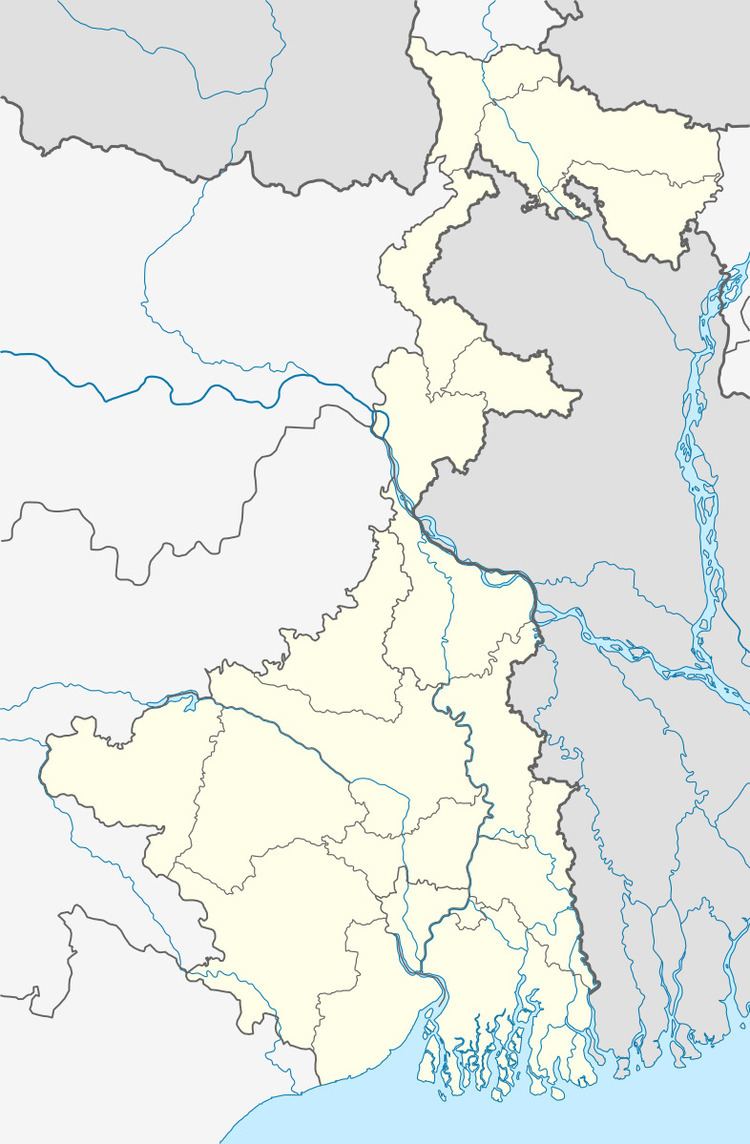District Bardhaman Time zone IST (UTC+5:30) | Area 1,070 km² | |
 | ||
Website | ||
Katwa subdivision is an administrative subdivision of the Bardhaman district in the state of West Bengal, India.
Contents
Overview
The Katwa subdivision extends from the Kanksa-Ketugram plain to the Bhagirathi basin. The Ajay flows through the subdivision and joins the Bhagirathi.
Subdivisions
Bardhaman district is divided into the following administrative subdivisions:
Katwa subdivision has a density of population of 900 per km2. 12.48% of the population of the district resides in this subdivision.
Administrative units
Katwa subdivision has 3 police stations, 5 community development blocks, 5 panchayat samitis, 46 gram panchayats, 388 mouzas, 373 inhabited villages, 2 municipalities and 1 census town. The municipalities are at Katwa and Dainhat. The census town is: Panuhat. The subdivision has its headquarters at Katwa.
Police stations
Police stations in Katwa subdivision have the following features and jurisdiction:
Blocks
Community development blocks in Katwa subdivision are:
Gram panchayats
The subdivision contains 46 gram panchayats under 5 community development blocks:
Education
Bardhaman district had a literacy rate of 76.21% as per the provisional figures of the census of India 2011. Asansol subdivision had a literacy rate of 77.33%, Durgapur subdivision 79.39%, Bardhaman Sadar North subdivision 75.89%, Bardhaman Sadar South subdivision 76.89%, Katwa subdivision 70.40% and Kalna subdivision 75.16%.
Given in the table below (data in numbers) is a comprehensive picture of the education scenario in Bardhaman district for the year 2013-14:
Note: Primary schools include junior basic schools; middle schools, high schools and higher secondary schools include madrasahs; technical schools include junior technical schools, junior government polytechnics, industrial technical institutes, industrial training centres, nursing training institutes etc.; technical and professional colleges include engineering colleges, medical colleges, para-medical institutes, management colleges, teachers training and nursing training colleges, law colleges, art colleges, music colleges etc. Special and non-formal education centres include sishu siksha kendras, madhyamik siksha kendras, centres of Rabindra mukta vidyalaya, recognised Sanskrit tols, institutions for the blind and other handicapped persons, Anganwadi centres, reformatory schools etc.
The following institutions are located in Katwa subdivision:
Healthcare
The table below (all data in numbers) presents an overview of the medical facilities available and patients treated in the hospitals, health centres and sub-centres in 2014 in Bardhaman district.
Electoral constituencies
Lok Sabha (parliamentary) and Vidhan Sabha (state assembly) constituencies in Katwa subdivision were as follows:
